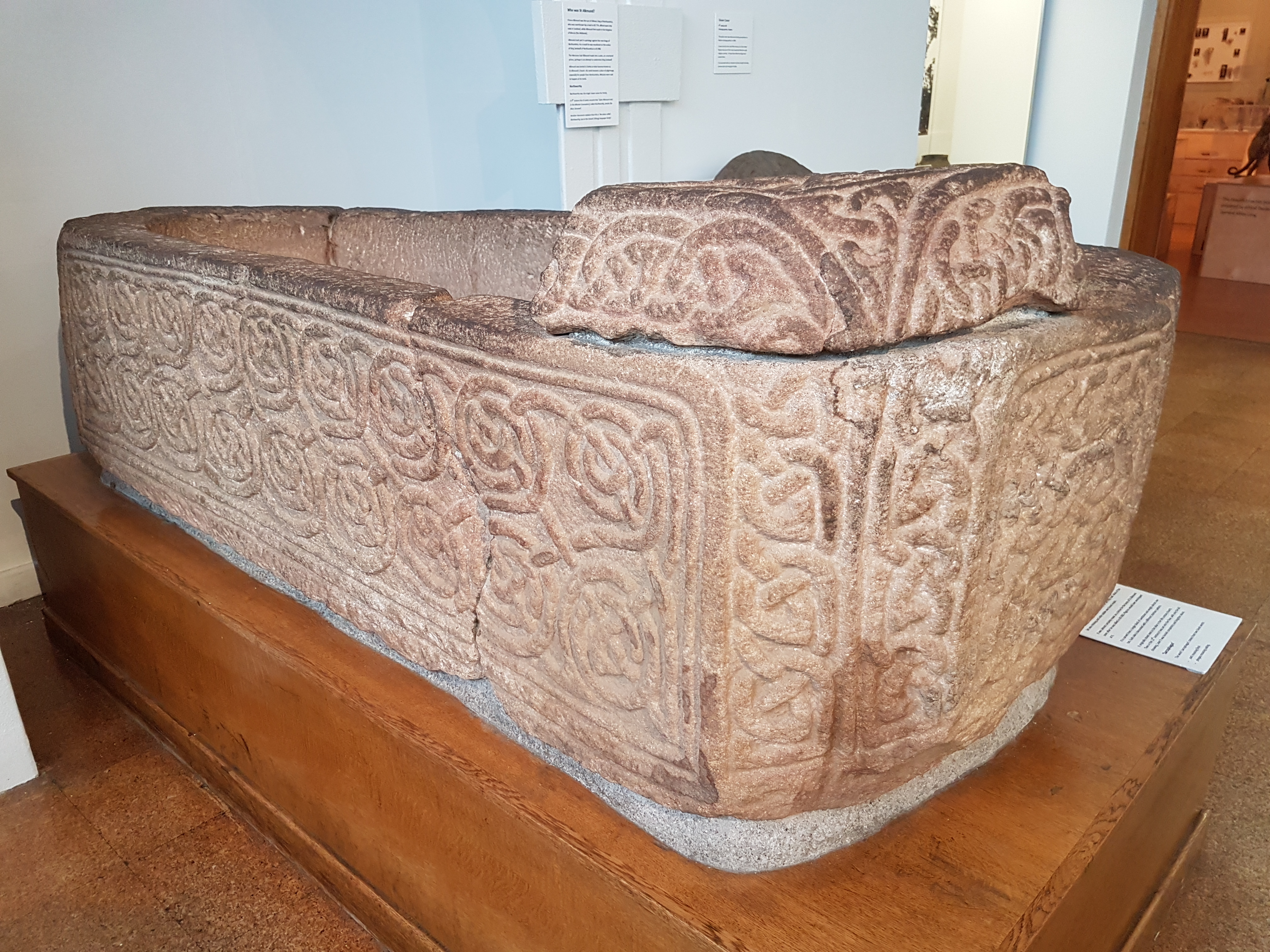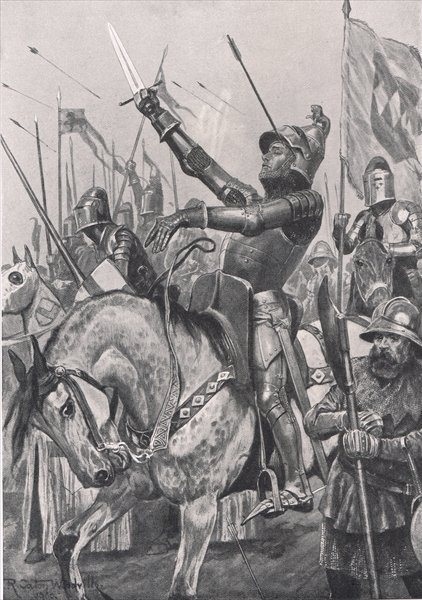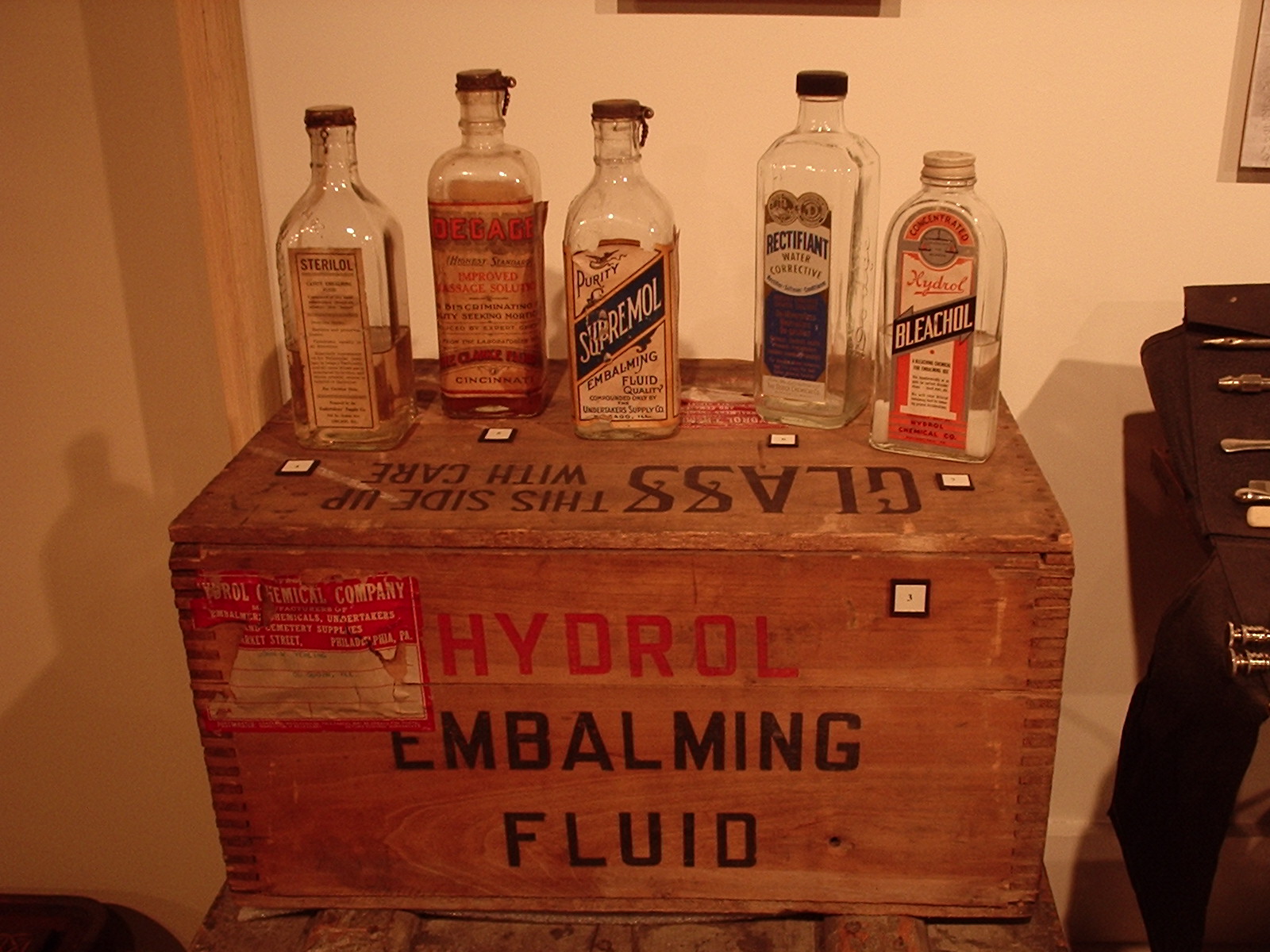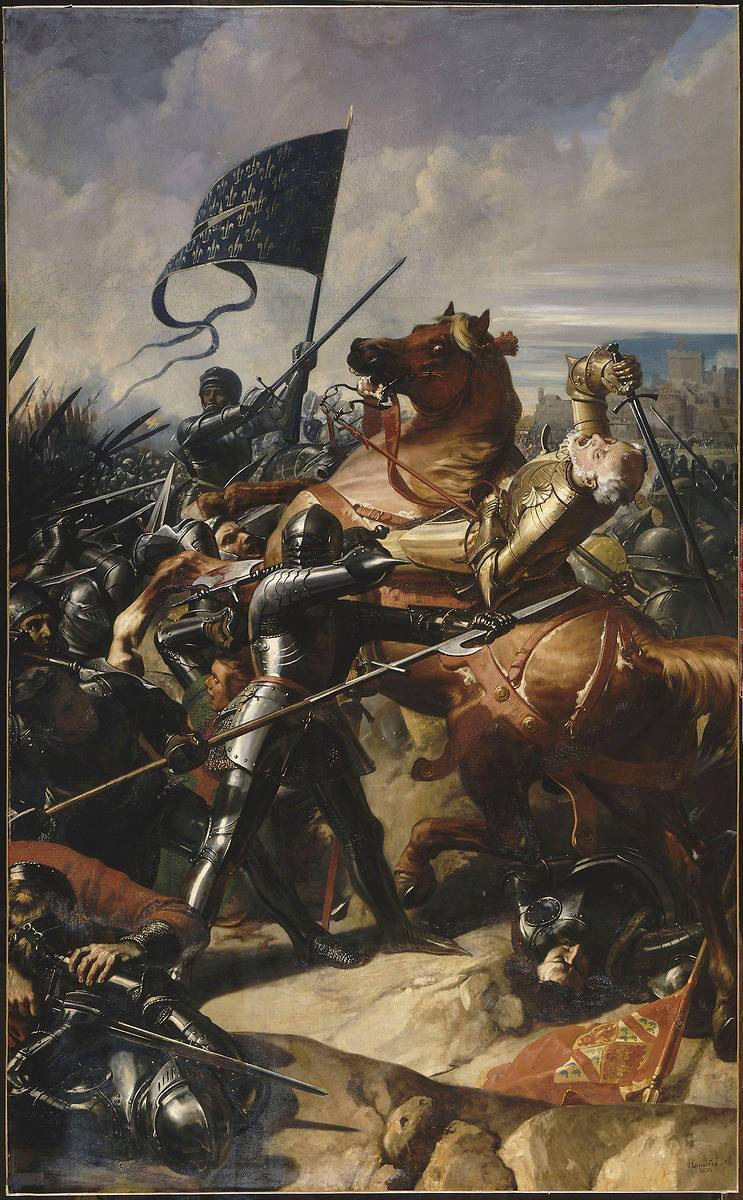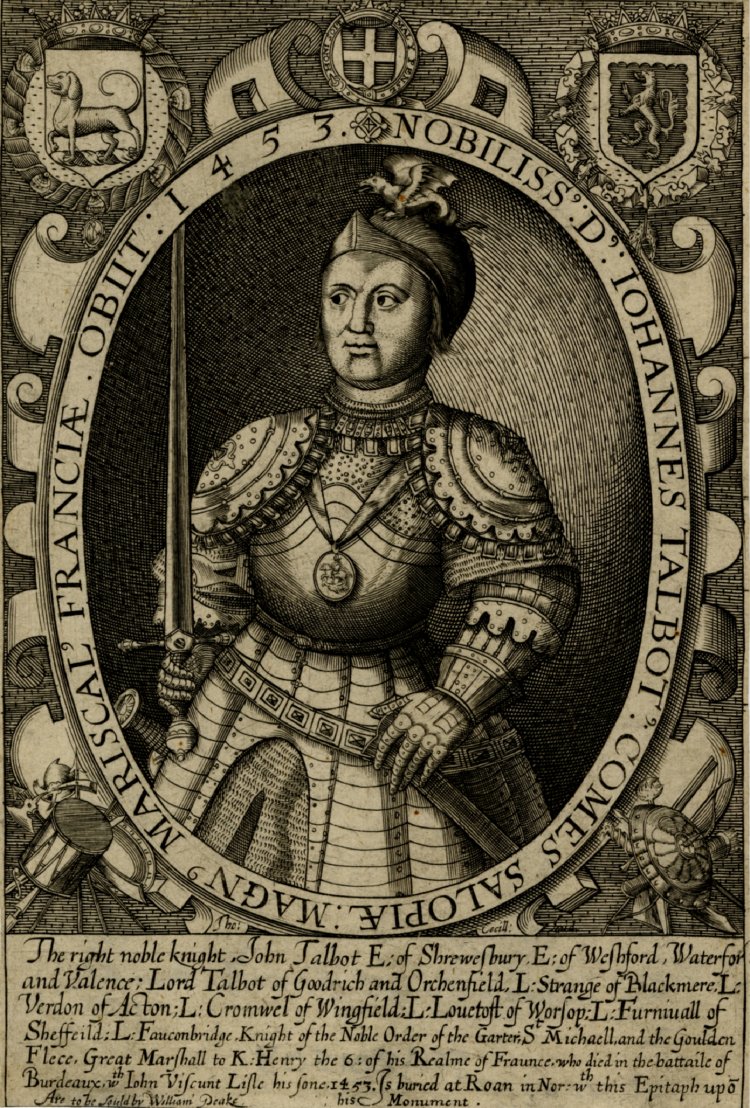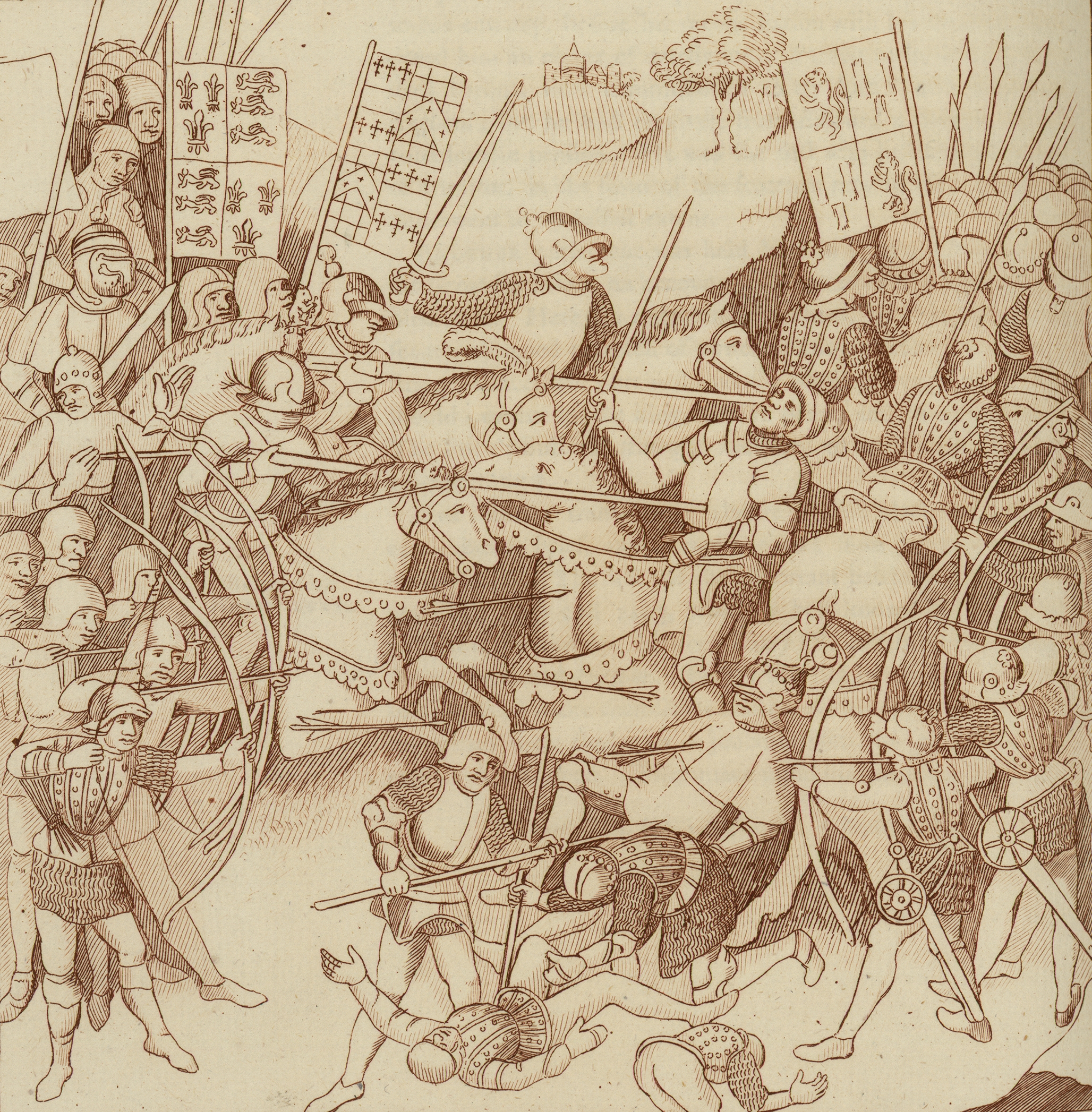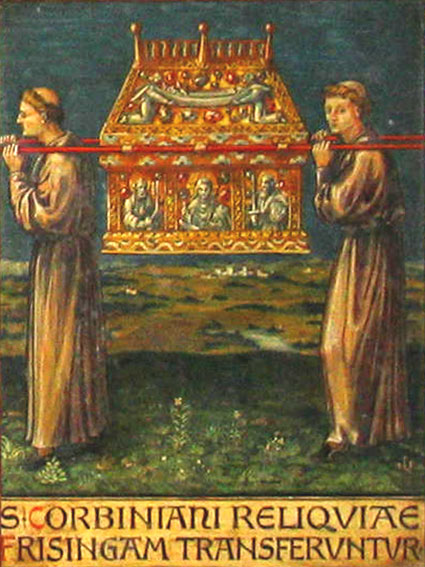|
St Alkmund's Church, Whitchurch
St Alkmund's Church is an active Anglican parish church in Whitchurch, Shropshire, England. By tradition, this church was founded in the 900s CE by the Anglo-Saxon Queen Æthelflæd ('Lady of the Mercians' and daughter of Alfred the Great). Certain sources suggest that the saint to whom it is dedicated, St Alkmund, (the son of Alhred, King of Northumbria (d. c. 800), was first buried in Whitchurch. It is in the diocese of Lichfield, the archdeaconry of Salop and the deanery of Wem and Whitchurch. The church is recorded in the National Heritage List for England which has designated it a Grade I listed building. It stands at an elevated position in the centre of the town. History The accepted date of the foundation of the church, named for Alcmund of Derby, is 912, by tradition by Queen Æthelflæd, who is understood to have translated the relics of St Alcmund to Shrewsbury around the same time. The earliest textual record of a church on the site is 1089. This chu ... [...More Info...] [...Related Items...] OR: [Wikipedia] [Google] [Baidu] |
Whitchurch, Shropshire
Whitchurch is a market town in the north of Shropshire, England. It lies east of the Wales, Welsh border, 2 miles south of the Cheshire border, north of the county town of Shrewsbury, south of Chester, and east of Wrexham. At the 2021 United Kingdom census, 2021 census, the population of the Whitchurch Urban parish was 10,141, and the population of the Whitchurch built up area was 9,855. Whitchurch is the oldest continuously inhabited town in Shropshire. Notable people who have lived in Whitchurch include the composer Sir Edward German, and illustrator Randolph Caldecott. History Early times There is evidence from various discovered artefacts that people lived in this area about 3,000 BC. Flakes of flint from the Neolithic era were found in nearby Dearnford Farm. Roman times Originally a settlement founded by the Roman Britain, Romans about AD 52–70 called Mediolanum (Whitchurch), Mediolanum ( "Midfield" or "Middle of the Plain"), it stood on a major Roman road b ... [...More Info...] [...Related Items...] OR: [Wikipedia] [Google] [Baidu] |
Church Of England
The Church of England (C of E) is the State religion#State churches, established List of Christian denominations, Christian church in England and the Crown Dependencies. It is the mother church of the Anglicanism, Anglican Christian tradition, tradition, with foundational doctrines being contained in the ''Thirty-nine Articles'' and ''The Books of Homilies''. The Church traces its history to the Christian hierarchy recorded as existing in the Roman Britain, Roman province of Britain by the 3rd century and to the 6th-century Gregorian mission to Kingdom of Kent, Kent led by Augustine of Canterbury. Its members are called ''Anglicans''. In 1534, the Church of England renounced the authority of the Papacy under the direction of Henry VIII, beginning the English Reformation. The guiding theologian that shaped Anglican doctrine was the Reformer Thomas Cranmer, who developed the Church of England's liturgical text, the ''Book of Common Prayer''. Papal authority was Second Statute of ... [...More Info...] [...Related Items...] OR: [Wikipedia] [Google] [Baidu] |
Consecration
Sacred describes something that is dedicated or set apart for the service or worship of a deity; is considered worthy of spiritual respect or devotion; or inspires awe or reverence among believers. The property is often ascribed to objects (a " sacred artifact" that is venerated and blessed), or places (" sacred ground"). French sociologist Émile Durkheim considered the dichotomy between the sacred and the profane to be the central characteristic of religion: "religion is a unified system of beliefs and practices relative to ''sacred things'', that is to say, things set apart and forbidden." Durkheim, Émile. 1915. '' The Elementary Forms of the Religious Life''. London: George Allen & Unwin. . In Durkheim's theory, the sacred represents the interests of the group, especially unity, which are embodied in sacred group symbols, or using team work to help get out of trouble. The profane, on the other hand, involve mundane individual concerns. Etymology The word ''sacred' ... [...More Info...] [...Related Items...] OR: [Wikipedia] [Google] [Baidu] |
Cornerstone
A cornerstone (or foundation stone or setting stone) is the first stone set in the construction of a masonry Foundation (engineering), foundation. All other stones will be set in reference to this stone, thus determining the position of the entire Construction, structure. Over time a cornerstone became a ceremony, ceremonial masonry stone, or replica, set in a prominent location on the outside of a building, with an inscription on the stone indicating the construction dates of the building and the names of architect, Construction worker, builder, and other significant individuals. The rite of laying a cornerstone is an important cultural component of eastern architecture and metaphorically in sacred architecture generally. Some cornerstones include time capsules from, or engravings commemorating, the time a particular building was built. History The ceremony typically involved the placing of Sacrifice, offerings of cereal, grain, wine and oil on or under the stone. These were s ... [...More Info...] [...Related Items...] OR: [Wikipedia] [Google] [Baidu] |
Lady Chapel
A Lady chapel or lady chapel is a traditional British English, British term for a chapel dedicated to Mary, mother of Jesus, particularly those inside a cathedral or other large church (building), church. The chapels are also known as a Mary chapel or a Marian chapel, and they were traditionally the largest side chapel of a cathedral, placed eastward from the high altar and forming a projection from the main building, as in Winchester Cathedral. Most Roman Catholic and many Anglican cathedrals still have such chapels, while mid-sized churches have smaller side-altars dedicated to the Virgin.''Mary: The Imagination of Her Heart'' by Penelope Duckworth 2004 pages 125-126 The occurrence of lady chapels varies by location and exist in most of the French cathedrals and churches where they form part of the chevet. In Belgium they were not introduced before the 14th century; in some cases they are of the same size as the other chapels of the chevet, but in others (probably rebuilt at a l ... [...More Info...] [...Related Items...] OR: [Wikipedia] [Google] [Baidu] |
Embalming
Embalming is the art and science of preserving human remains by treating them with embalming chemicals in modern times to forestall decomposition. This is usually done to make the deceased suitable for viewing as part of the funeral ceremony or keep them preserved for medical purposes in an anatomical laboratory. The three goals of embalming are disinfection, sanitization, presentation, and preservation, with restoration being an important additional factor in some instances. Performed successfully, embalming can help preserve the body for many years. Embalming has a long, cross-cultural history, with many cultures giving the embalming processes religious meaning. Animal remains can also be embalmed by similar methods, though embalming is distinct from taxidermy. Embalming preserves the body while keeping it intact, whereas taxidermy is the recreation of an animal's form often using only the creature's skin, fur or feathers mounted on an anatomical form. It is not required for ... [...More Info...] [...Related Items...] OR: [Wikipedia] [Google] [Baidu] |
Battle Of Castillon
The Battle of Castillon was a battle between the forces of England and France which took place on 17 July 1453 in Gascony near the town of Castillon-sur-Dordogne (later Castillon-la-Bataille). On the day of the battle, the English commander, John Talbot, 1st Earl of Shrewsbury, believing that the enemy was retreating, led a relatively small advance force of his army in an attack on a fortified French encampment without waiting for reinforcements. Talbot then refused to withdraw even after realizing the strength of the French position, allowing the French artillery to successively obliterate his piecewise reinforcements as they arrived. Castillon was the first major European battle won through the extensive use of field artillery. The battle led to the English losing nearly all their holdings in France, especially Gascony, which had been a possession of the Plantagenet kings for the previous three centuries. Political instability ensued in England. Background The breakdo ... [...More Info...] [...Related Items...] OR: [Wikipedia] [Google] [Baidu] |
John Talbot, 1st Earl Of Shrewsbury
John Talbot, 1st Earl of Shrewsbury, 1st Earl of Waterford, 7th Baron Talbot, KG (17 July 1453), known as "Old Talbot" and "Terror of the French" was an English nobleman and a noted military commander during the Hundred Years' War. He was the most renowned in England and most feared in France of the English captains in the last stages of the conflict. Known as a tough, cruel, and quarrelsome man, Talbot distinguished himself militarily in a time of decline for the English. Called "the English Achilles", he is lavishly praised in the plays of Shakespeare. The manner of his death, leading an ill-advised charge against field artillery, has come to symbolize the passing of the age of chivalry. He also held the subsidiary titles of 10th Baron Strange of Blackmere and 6th Baron Furnivall. Origins He was descended from Richard Talbot, the son of William "Le Sire" Talbot, whose estate (wife and infant son Hugh) was a tenant in 1086 of Walter Giffard at Woburn and Battlesden in Be ... [...More Info...] [...Related Items...] OR: [Wikipedia] [Google] [Baidu] |
Henry Percy (Hotspur)
Sir Henry Percy (20 May 1364 – 21 July 1403), nicknamed Hotspur or Harry Hotspur, was an English knight who fought in several campaigns against the Scots in the northern border and against the French during the Hundred Years' War. The nickname "Hotspur" was given to him by the Scots as a tribute to his speed in advance and readiness to attack. The heir to a leading noble family in northern England, Hotspur was one of the earliest and prime movers behind the deposition of King Richard II in favour of Henry Bolingbroke in 1399. He later fell out with the new regime and rebelled, and was slain at the Battle of Shrewsbury in 1403 at the height of his fame. Career Henry Percy was born 20 May 1364 at either Alnwick Castle or Warkworth Castle in Northumberland, the eldest son of Henry Percy, 1st Earl of Northumberland, and Margaret Neville, daughter of Ralph de Neville, 2nd Lord Neville of Raby, and Alice de Audley.; . He was knighted by King Edward III in April ... [...More Info...] [...Related Items...] OR: [Wikipedia] [Google] [Baidu] |
Battle Of Shrewsbury
The Battle of Shrewsbury was fought on 21 July 1403, waged between an army led by the Lancastrian King Henry IV and a rebel army led by Henry "Harry Hotspur" Percy from Northumberland. The battle, the first in which English archers fought each other on English soil, reaffirmed the effectiveness of the longbow and ended the Percy challenge to King Henry IV of England. Part of the fighting is believed to have taken place at what is now Battlefield, Shropshire, England, three miles (5 km) north of the centre of Shrewsbury. It is marked today by Battlefield Church and Battlefield Heritage Park. Background The Percys had previously supported Henry IV in a war against King Richard II of England, which ended when Henry IV took the throne in 1399. The Percys subsequently supported Henry IV in Wales, early in the rebellion of Owain Glyndŵr, and in Scotland, in both negotiations with and conflict against the Scots. King Henry IV had been supported by a number of wealthy land ... [...More Info...] [...Related Items...] OR: [Wikipedia] [Google] [Baidu] |
Translation (relics)
In Christianity, the translation of relics is the ceremonial removal of holy objects from one place to another (usually a higher-status location). Usually only the movement of the remains of a saint's body would be treated so formally, with secondary relics such as items of clothing treated with less ceremony. Translations could be accompanied by many acts, including all-night vigils and processions, often involving entire communities. The solemn translation (in Latin, ) of relics is not treated as the outward recognition of sanctity. Rather, miracles confirmed a saint's sanctity, as evinced by the fact that when the papacy attempted to make canonization an official process in the twelfth century, many collections of miracles were written in the hope of providing proof of the saint-in-question's status. In the early Middle Ages, the solemn translation marked the moment at which, the saint's miracles having been recognized, the relic was moved by a bishop or abbot to a prominent ... [...More Info...] [...Related Items...] OR: [Wikipedia] [Google] [Baidu] |
Shropshire County Council
Shropshire Council, known between 1980 and 2009 as Shropshire County Council and prior to 1980 as Salop County Council, is the local authority for the non-metropolitan county of Shropshire in the West Midlands region of England. Since 2009 it has been a unitary authority, being a county council which also performs the functions of a district council. The non-metropolitan county is smaller than the ceremonial county of Shropshire, which additionally includes Telford and Wrekin. In 2025, the Liberal Democrats took control of the council. History Elected county councils were established in 1889 under the Local Government Act 1888, taking over administrative functions that had previously been performed by unelected magistrates at the quarter sessions. The first elections were held in January 1889 and the county council formally came into being on 1 April 1889. On that day it held its first official meeting at the Shirehall in Shrewsbury, the courthouse (built 1837) which had ser ... [...More Info...] [...Related Items...] OR: [Wikipedia] [Google] [Baidu] |
